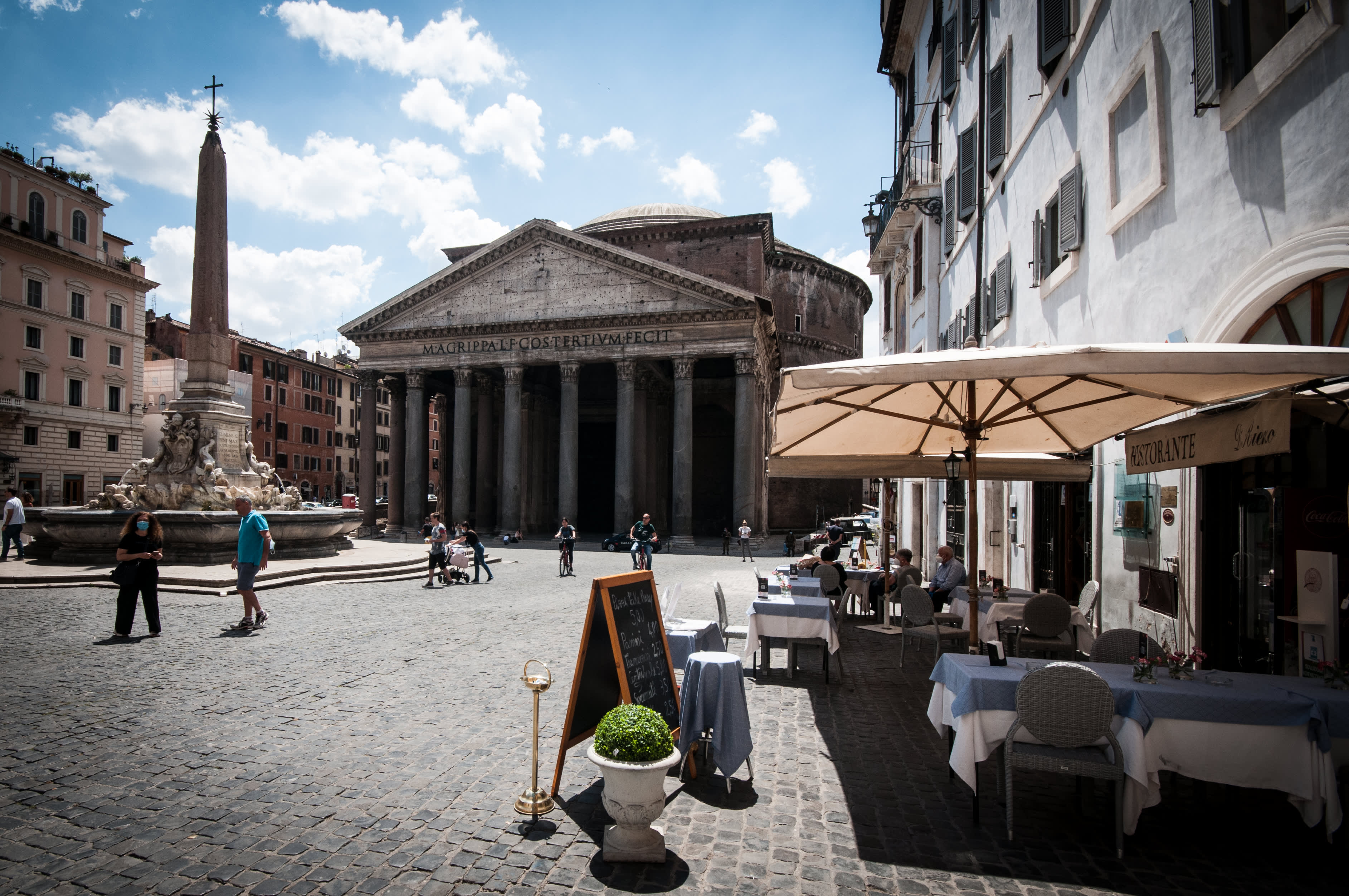Never heard of “travel bubbles” or “air bridges”? Read on because what you learn just might save your summer vacation now that we are in the coronavirus era.
With little clarity on when the pandemic might end, many Europeans have already given up on the idea of a summer getaway.
But some countries, desperate to salvage this year’s travel season — and eager to jump-start their economies — are slowly reopening their borders and offering a glimpse of what travel might look like now.
The pandemic, which has killed more than 300,000 people around the world, was a hammer blow to the travel industry as country after country went into lockdown, closing borders and grounding flights.
But with lockdowns around Europe slowly getting lifted, some countries are toying with the idea of establishing special “travel corridors” or “travel bubbles.” The idea is to allow people from countries with low levels of infection to travel freely, with no requirement to endure a 14-day quarantine at their destination.
The European nations of Lithuania, Estonia and Latvia have already created what they are calling a “Baltic travel bubble,” allowing one another’s citizens to travel among the three states without having to self-isolate on arrival.
All three countries managed to contain their viral outbreaks with only dozens of deaths.
Lithuanian Foreign Minister Linas Linkevicius told NBC News the “bubble” is important for the country’s tourism sector, which makes up five percent of its gross domestic product, or GDP, and is the first of its kind in the European Union. For nationals of other countries, quarantine restrictions will still apply, he said.
A similar idea was floated Monday by British Transportation Minister Grant Shapps, raising the hopes of Britons eager for sun-splashed European getaways after nearly two months in lockdown.
Shapps said he was considering what he called “air bridges.” These, he said, would enable people from countries with lower levels of infection to come to the United Kingdom.
Greece, a major beach destination for Europeans said Wednesday that citizens of Balkan and Baltic countries, Germany and regional neighbors such as Israel and Cyprus are expected to be in the first wave to be allowed to enter the country without going into quarantine, but could be subject to random testing.
Some countries might be excluded depending on the situation with their coronavirus outbreaks, Greek officials said.
However, the European Commission warned last week against discriminatory agreements as borders reopen. It said countries should allow travel from all regions of the E.U. with similar epidemiological conditions.
The idea of “tourist corridors” within Europe also does not sit well with Italy — whose historic sites and Mediterranean coast normally make it a popular summer destination.
Italy suffered one of the worst outbreaks in Europe, one that killed more than 32,000 people.
“It’s against the spirit of the European Union,” Foreign Minister Luigi Di Maio said Monday. Once the pandemic is under control, he said, all member states should open their borders — and all should follow the same rules.
Italy said last week it would be ready to welcome European tourists as of June 3.
Tourism makes up 10 percent of the European Union’s total economy, according to the European Commission.
For some countries, it is one of the central pillars of the economy.
For example, nearly 20 percent of Croatia’s GDP comes from spending by foreign tourists — by far the largest share in the E.U., according to the commission.
The country, which is desperate for international visitors to start flocking to its famed Adriatic beaches, managed to contain the outbreak with just under a hundred deaths.
”If there was no coronavirus, we’d be open as usual at the end of April,” Drazen Bonkovic, 43, who runs a restaurant on the picturesque island of Hvar, said.
“If we don’t have foreign guests, this season will be a disaster,” he added.
On Tuesday, the country entered into a quarantine-free travel bubble with neighboring Slovenia, which had a similarly low number of coronavirus deaths.
Experts agree that travel bubbles and corridors are a possible solution to saving this year’s tourism season, but say that there are issues to consider, such as maintaining the consistency of restrictions and regulations within a bubble.
“Will anyone from another country who needs medical care be covered while in the bubble?” said Richard Butler, emeritus tourism professor at the University of Strathclyde in Scotland. “Are restrictions on things like group size or activities, the same throughout, and will visitors be treated the same as the host population?”
Transparency and certainty will be critical, ensuring that travelers are fully informed before they make any arrangements, Butler said.
With uncertainty still swirling around whether the virus might rebound when borders open, some countries are focusing instead on domestic tourism.
The French government has launched a #ThisSummerIAmVisitingFrance hashtag.
“We are working with the regions to promote destination France,” Tourism Minister Jean Baptiste LeMoyne said last week.
Italy, too, is working to encourage domestic travel, announcing a 500 euro ($540) holiday subsidy to be spent on summer holidays in the country.
“Overall, if rates of infection keep dropping, the second half of the summer is savable, particularly for the bubbles and corridors, and domestically, but even one or two flare-ups and lockdowns will pretty quickly kill off tourist travel even if governments do not do so,” Butler said.
